AMOLED VS LCD - which one should you pick? Smartphones with AMOLED displays tend to be more expensive. So, one would logically assume that AMOLED is better than LCD. However, there's more to this than what meets the eye.
Both display technologies have their own pros and cons. So, it's a matter of understanding how they both work and choosing whatever works best for you. Without any further ado, let's get right into it!
LCD
LCD stands for Liquid Crystal Display. And since none of us is too interested in the technical details, let us oversimplify the description and say that LCD panels require an active backlight and an RGB (Red, Green, Blue) filter for everything to work properly.
That's why cheaper smartphones sometimes come with light bleeding issues and that's also why black colors tend to look a bit greyish.
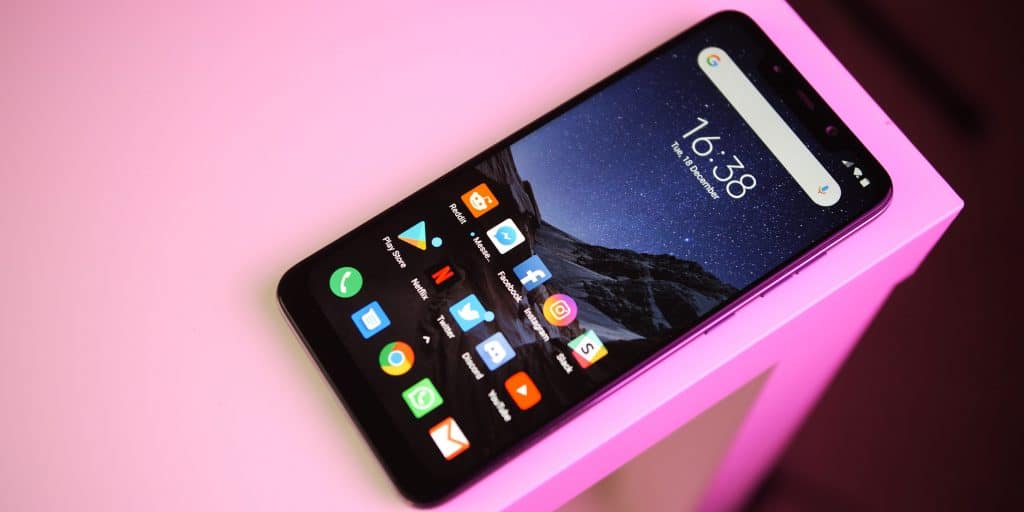
Most smartphones nowadays rely on LCD IPS panels (Liquid Crystal Display In-Plane Switching). These screens are relatively cheap to manufacture while also providing realistic/accurate colors without any major drawbacks.
There is, however, one small risk that you may be taking when choosing a phone with an LCD display.
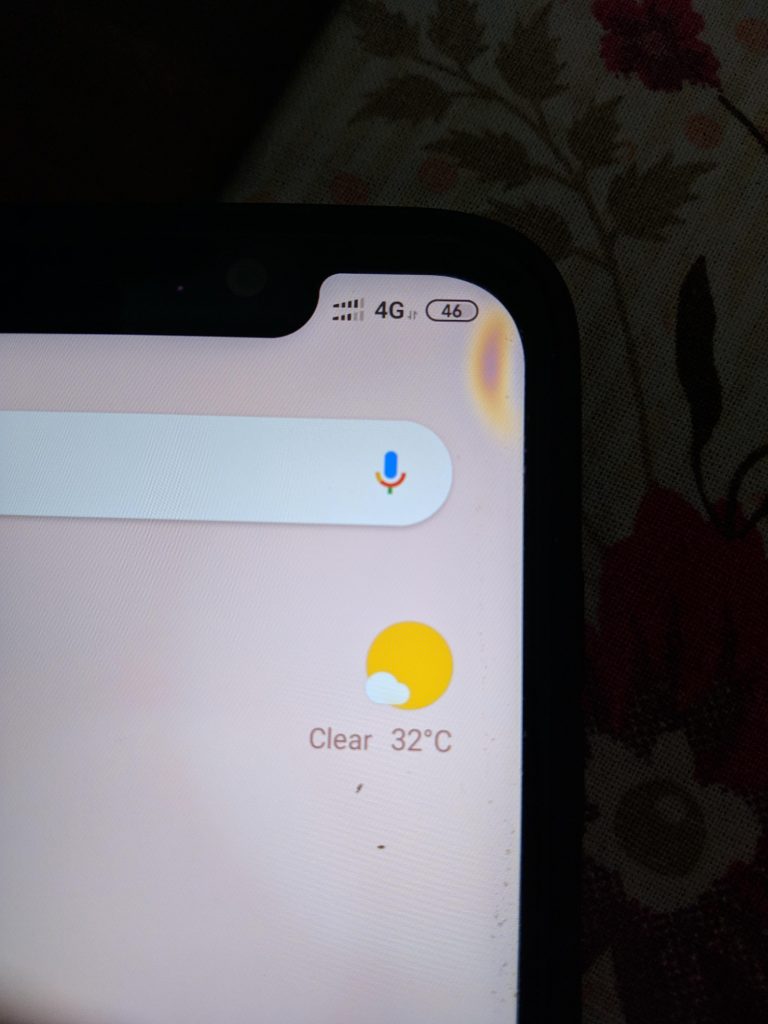
Since there are a few parts that need to be glued together on an LCD panel, there is always a small chance that you'll come across yellow spots - such as the one that you can see in the picture above.
This is mostly a result of poor manufacturing process. Depending on your luck, the phone's manufacturer may or may not decide to replace that display for you. And if the issue comes up when the phone's warranty is expired? You'll almost certainly have to pay.
All of that definitely sounds bad. But according to Xiaomi, only 0.3% of all LCD-based smartphones will have this issue. And that's usually only under circumstances when a lot of heat is being generated (Excessive gaming, quick charging on a hot day with no AC, etc).
Some may think that this is only a problem with "Chinese" smartphones. But that's not the case. Apart from Xiaomi, Sony and Apple are two of the most popular brands that have come across this issue a few times.
Popular LCD Smartphones:
AMOLED
AMOLED is another variant of OLED displays. You'll most commonly find OLED screens on TVs while AMOLED ones are almost exclusively being used for smartphones.
AMOLED stands for "Active Matrix Organic Light Emitting Diode". And while that may sound extremely fancy and complicated, all you need to know is that unlike LCDs, AMOLED screens don't need a backlight. Instead, their individual pixels are producing their own light and colors.
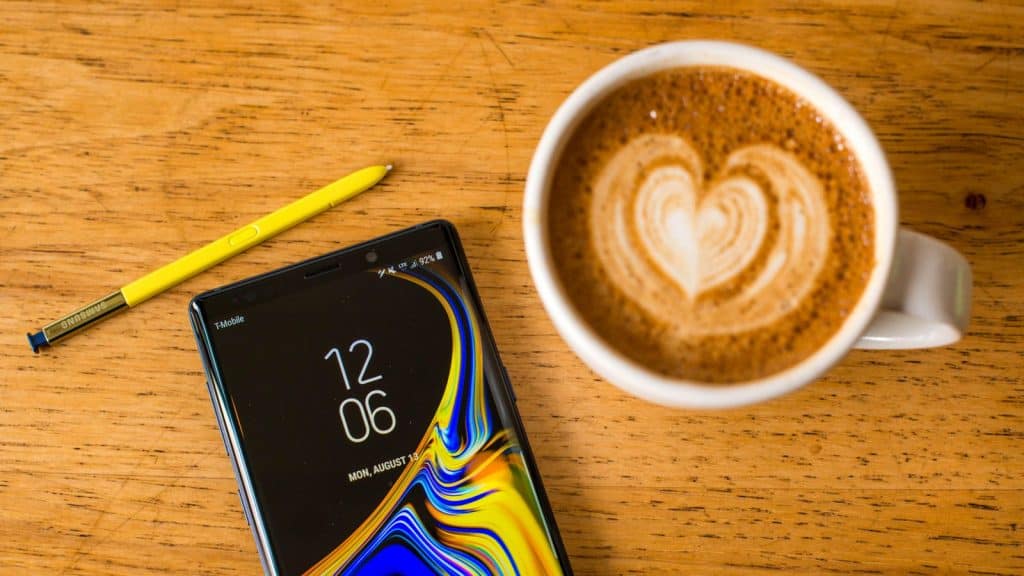
The big catch here is that these screens have the ability to turn off individual pixels when they are not needed. This means that you can get true blacks and save battery while enjoying a near-infinite level of contrast (Darkest black and brightest white)!
Apart from saving energy and achieving great levels of contrast, AMOLED screens also tend to produce more vibrant colors without suffering from backlight issues like LCDs do. After all, there is no backlight!
So, generally speaking, AMOLED screens are more or less considered to be the superior choice - but they do have a couple of drawbacks. First of all, they are obviously more expensive to manufacture.
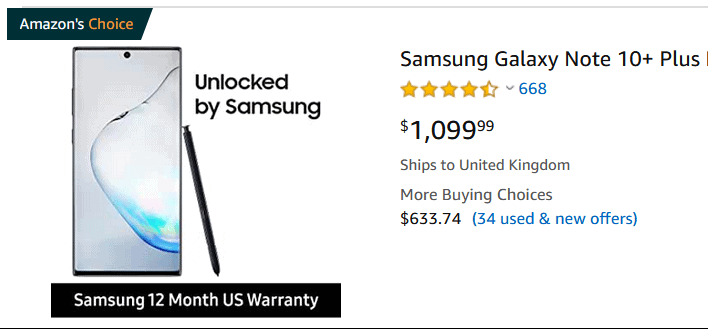
For a rather long time, the only smartphones that ever came with AMOLED screens were Samsung flagships or high-end models in general. Even now, you'd be hard-pressed to find a cheap smartphone with an AMOLED display. But, at the very least, we can say that there are a few interesting options in the mid-range sector.
The biggest downside of AMOLED technology is color degradation and screen burn-in.
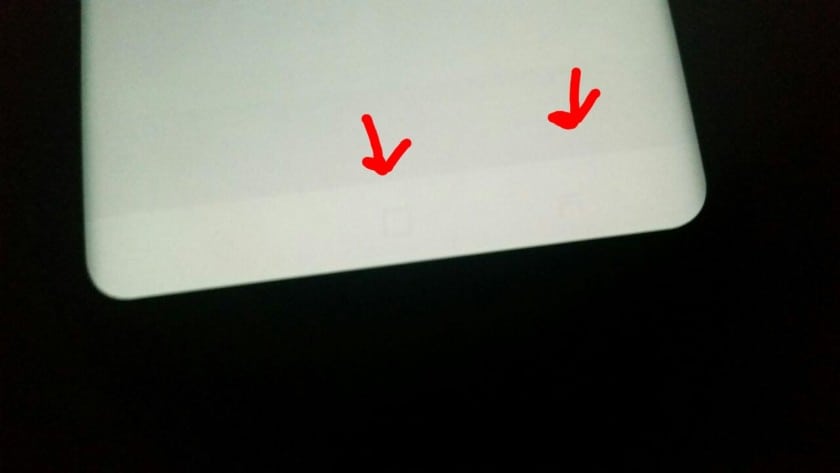
Burn-in only occurs with stuff that's always in display - usually the navigation bar.
Popular AMOLED phones:
AMOLED VS LCD Comparison: Pros and Cons
Everything that we mentioned above is the short version and all you basically need to know without too many technical details. If that's still too much to take in at once, here's everything as fast as possible:
AMOLED Pros:
- Colors are more vibrant
- True blacks
- More power-efficient
- Great contrast
- Always-on display (If your phone supports it)
AMOLED Cons:
- Generally more expensive
- Colors degrade with usage (Even if it takes a relatively long time for it to happen)
- Colors are rarely neutral/accurate
- Screen burn-in (Only if there's something sitting still in the screen for prolonged periods of time. The navigation bar along with the status bar are two of the most common causes)
- Usually not as bright as LCD (Obviously depends on the phone
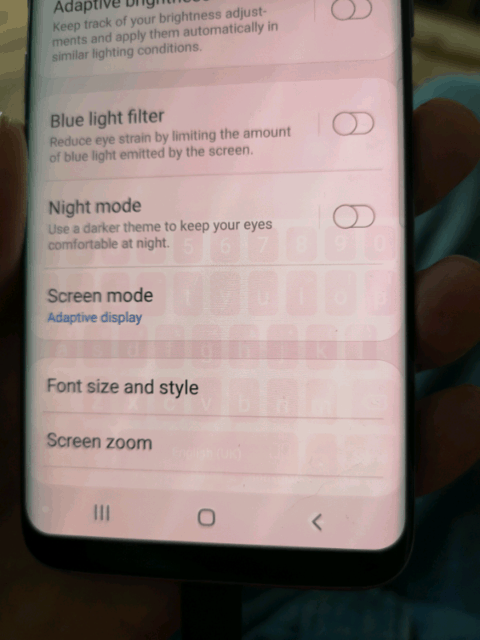
LCD Pros:
- More "accurate" colors (You can calibrate the screen for higher levels of contrast and saturation - but not to the levels of an AMOLED)
- Great whites
- Cheaper
- Generally brighter
- Generally more reliable as it doesn't suffer from things like color degradation and burn-in (Ghosting can still occur but it should go away with time)
LCD Cons:
- Colors generally look a bit duller compared to AMOLED
- Very small risk of yellow spots appearing on the display (0.3%, according to Xiaomi)
- More power-hungry (Backlight needs to remain powered on regardless of the colors)
- Backlight bleeding can be an issue in cheaper devices
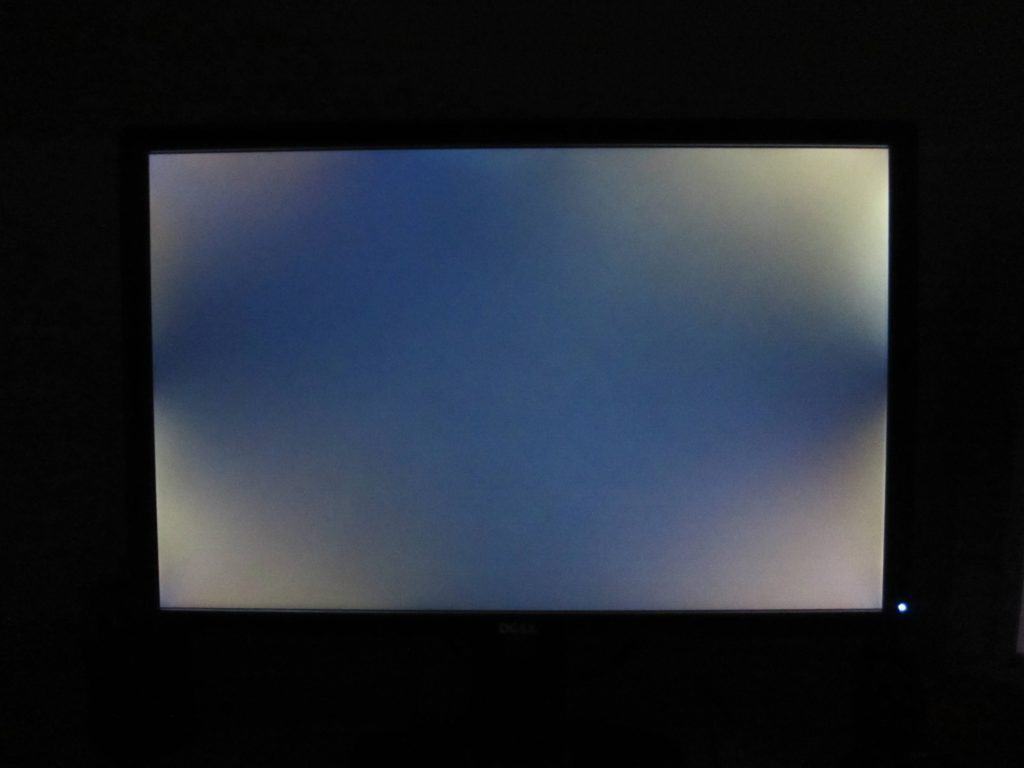
AMOLED VS LCD: Conclusion Time
Now that everything is said and done, what's the superior display? Well, as per usual with technology, the answer is: It depends.
Both have their own pros and cons. But most people can agree that AMOLED is superior. It produces higher levels of contrast and more vibrant colors while saving battery life as well.
However, nobody can deny that it has some serious downsides and not everyone likes over-saturated/unrealistic colors. Not to mention that even the cheapest AMOLED smartphones can still be a bit too expensive for some.
That concludes our AMOLED VS LCD comparison. Which display do you prefer? Let us know about it.
Small note: Don't try to compare different displays by watching YouTube videos. Cameras do a poor job of capturing the colors and your phone's display wouldn't be able to reproduce them anyway. Your best bet is trying them out with your own eyes. If you don't have any means of doing that, the easiest way to find out what's best for you is by looking at your photo editing preferences. Those who prefer increasing the contrast, brightness, and exposure will likely prefer AMOLED. The opposite group will probably prefer LCD IPS.
Feel like we forgot to mention something important? Got anything wrong? Then let us and everyone else know about it in the comments section down below!
Like what you see? Then don't forget to follow us on Facebook and Twitter for the latest news, reviews, listicles, apps, games, devices, how-to guides, and more!
